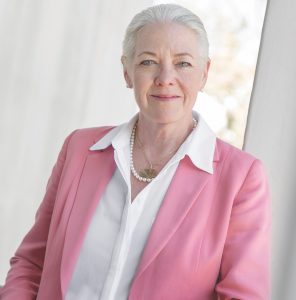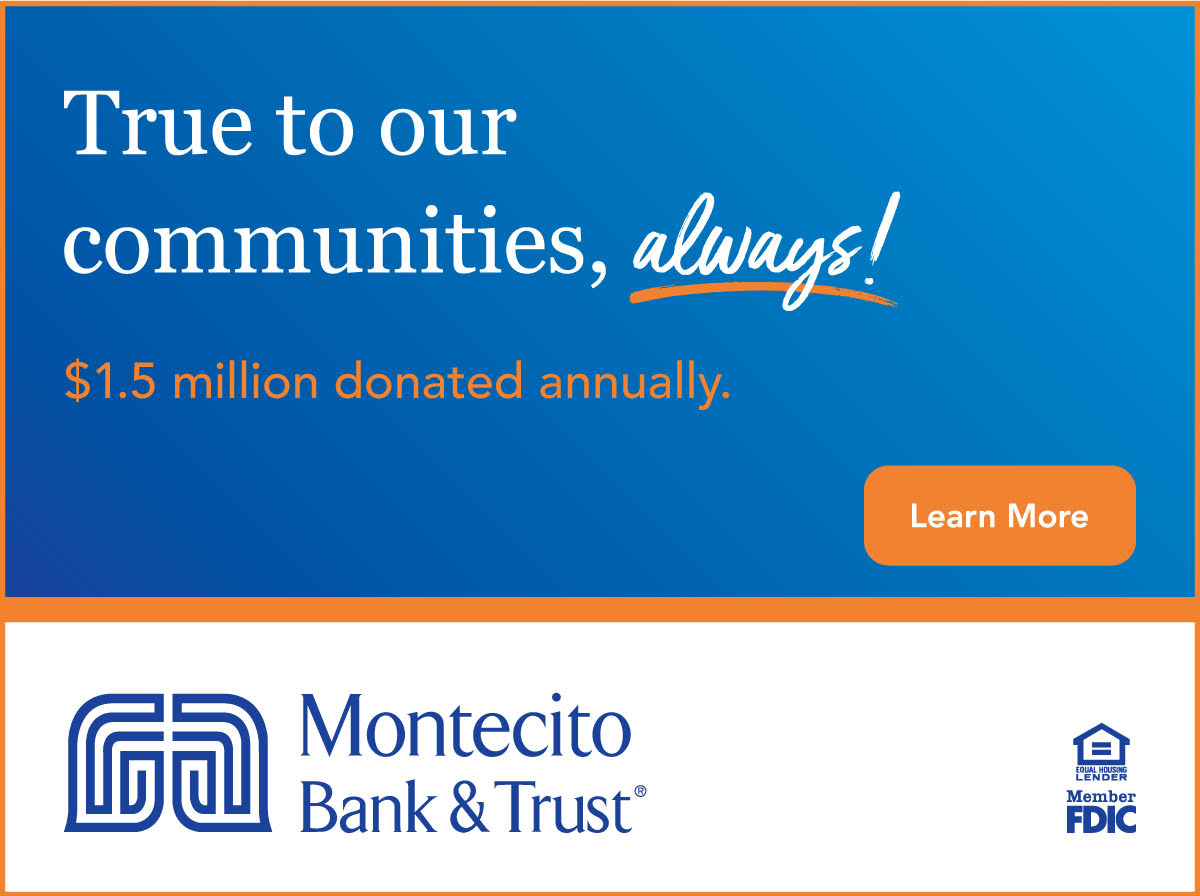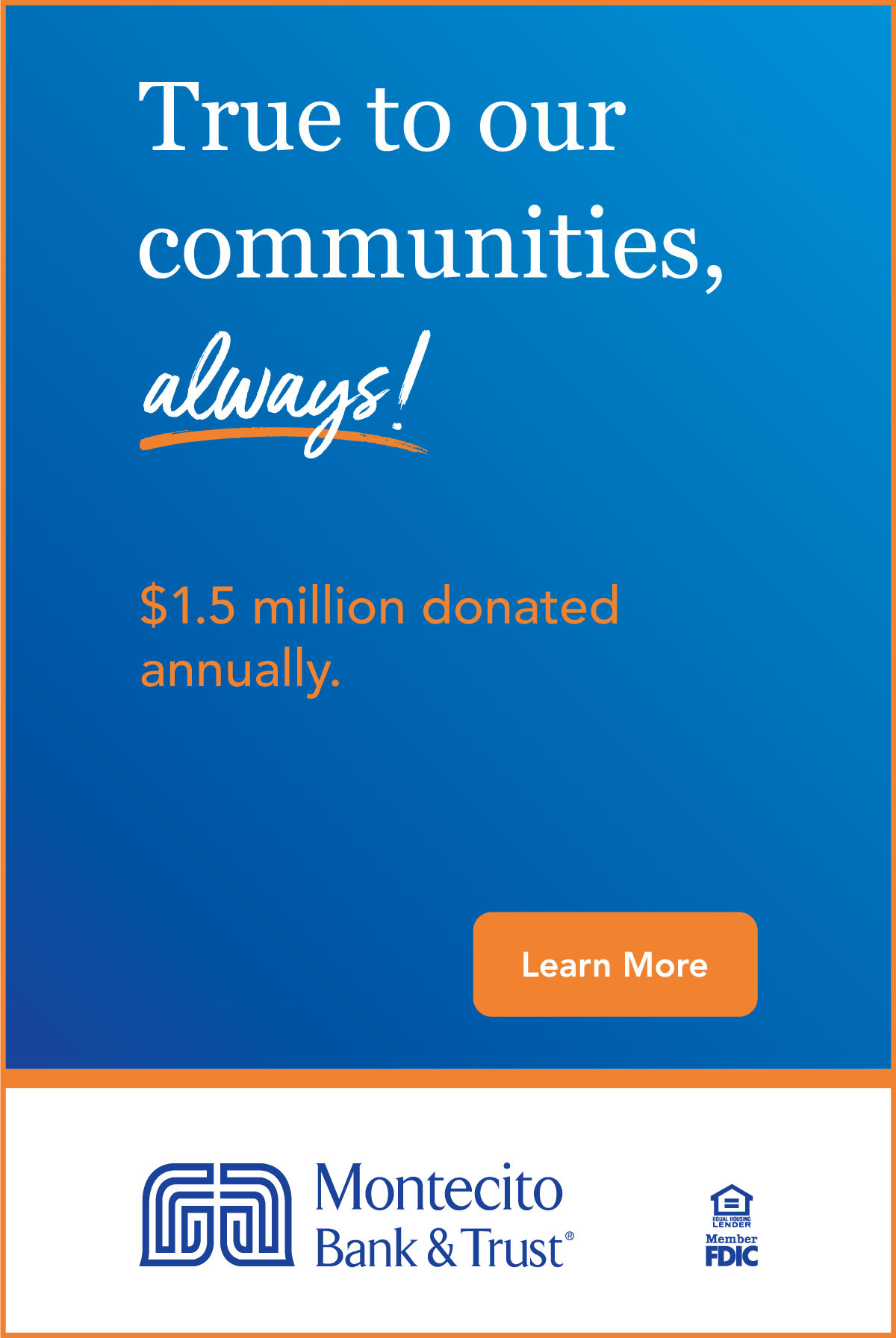Parkinson Association of Santa Barbara
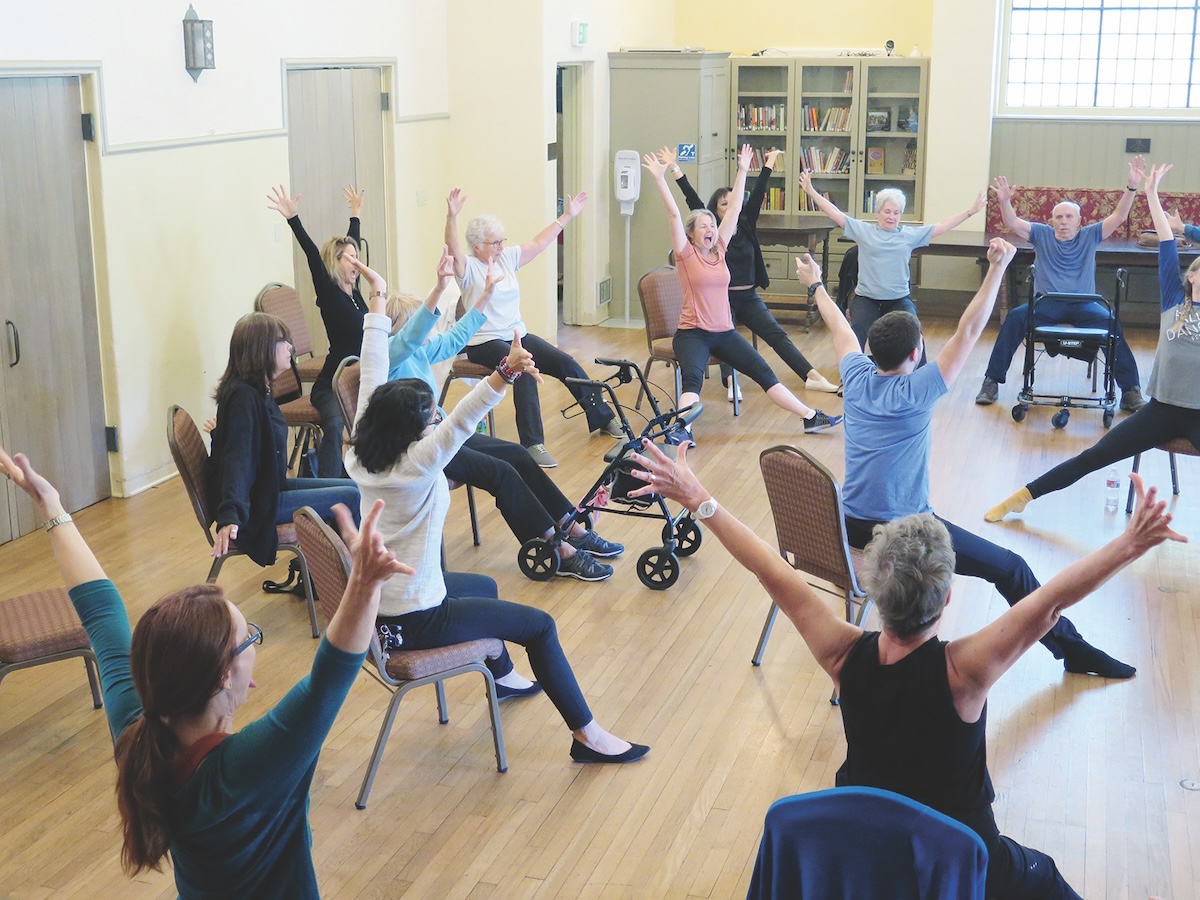
April is always a big time of year for the Parkinson Association of Santa Barbara (PASB). That’s when the very local, very grassroots nonprofit organization puts together its symposium, an annual event that’s at once a community builder, educational offering, and social gathering.
Which makes it not all that different from the ongoing activities of PASB.
The organization has been offering exercise classes, social events, educational programs – all organized locally and all geared toward improving the lives of people with Parkinson’s, their family members and other caregivers, for more than 45 years since its organic founding. That’s when Beverly Steward, who had been living with Parkinson’s since her mid-20s, placed an ad in the Santa Barbara News-Press to see if others with the disease might want to get together. Having 45 people turn up to connect and talk about their situations got things going.
Now, PASB works to provide up-to-the-minute information on Parkinson’s, host or sponsor a variety of exercise programs, their Move to Music chair-based activity, golf outings, visits to a boxing gym and more – responsive to the fact that PD research has indicated that exercise is a strong factor in delaying the progression of symptoms. The organization also offers a variety of support groups to address different stages of the disease, including those who have been newly diagnosed, as well as support for partners and other caregivers and monthly speaker meetings.
It’s all part and parcel of PASB’s motto: “You may have Parkinson’s, but Parkinson’s doesn’t have you.”
“It’s indicating the importance of a positive attitude,” explained Barbara Levi, PASB’s immediate past board president. “Many people get depressed when they get diagnosed with Parkinson’s, which makes sense. But there’s so many people who go on to live a very positive and active life for years.”
Levi cited her late husband as a stellar example.
“He didn’t want to let Parkinson’s take over his life, so he continued to ride a bike, backpack and white-water raft. He was our board president for a while, too. You can live a fulfilling life with PD.”
That is a central theme of the annual symposium, which takes place on Saturday, April 5, at the Elk’s Lodge (150 North Kellogg Ave.) in Goleta. The 9 am to 3 pm event offers two presentations from renowned medical experts, an afternoon panel discussion, informational exhibits featuring medical products and a variety of local services available, as well as coffee and pastries in the morning and lunch at the break.
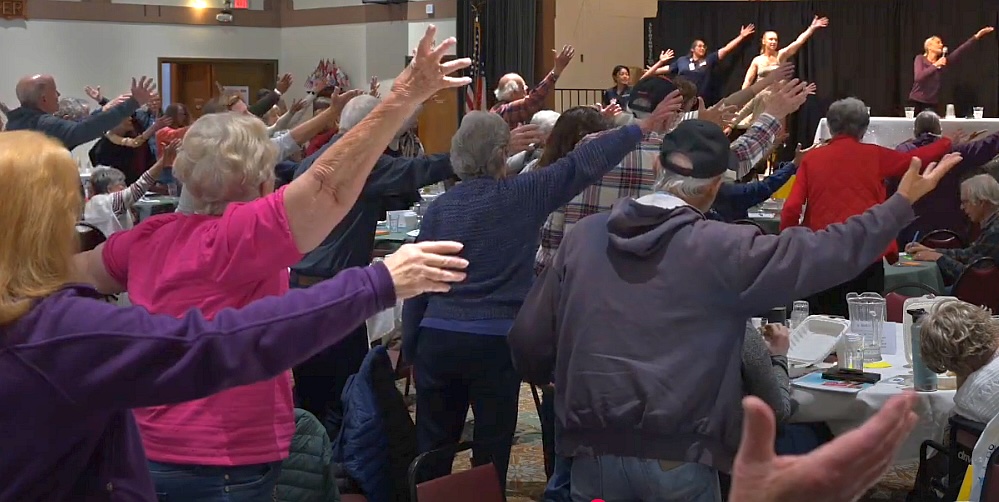
“Seven pharmaceutical companies will be there to present their medications and/or treatments and answer questions,” said Levi, who is chairman of the symposium committee. “There are 10 more exhibits from local organizations such as Cottage Health and other physical therapy places, senior living centers and others. People can get a lot of information by visiting those tables.”
Also on site will be representatives from the Center for Successful Aging.
“They’re very important to our organization because they train all of the people who moderate our support groups,” Levi said.
The centerpiece of the symposium are the talks from the national speakers. J. Eric Ahlskog, MD, PhD Professor of Neurology – and the former director of movement disorders at the Mayo Clinic in Rochester, Minnesota – presents “Parkinson’s Disease Progression & Optimal Medication Treatment.” Meanwhile, Jori Fleisher – MD, MSCE, FAAN Rush University Medical Center in Chicago – talks about “Prescriptions, Pearls, and Parkinson’s Potpourri: What Caring for the Late Stages Can Teach Us About Thriving with Parkinson’s Today”.
“Dr. Ahlskog (who stepped in when the previously announced speaker had to withdraw) is very prominent in the field,” Levi said. “We’re lucky to have him.”
PASB pays special attention at the symposium to those newly diagnosed with the disease, Levi said.
“Typically, people who just in the past year learned they had Parkinson’s are a bit shell shocked. When they register they can self-identify, so we have them sit at tables with people who have had more experience with Parkinson’s.”
The symposium also features an exercise demonstration by Ryan Bice, DPT, and Maria Allen, PT, likely to get all in attendance trying out the movements.
The symposium is a significant gathering that, while bringing in about 225 people on site, also draws a lot of attention across the country and the globe. Last year’s lectures have drawn more than 35,000 views from around the world since they were posted online.
In fact, said Levi, even the local support groups that are held on Zoom have drawn attention from distant places.
“We have people calling in from Minnesota, Florida, all over the place, because they don’t have organizations offering this kind of group support locally,” she said.
PASB is able to add programs at the drop of a hat, often when a local provider wants to contribute, or members of the organization decide to create something.
“We’re very much a grassroots organization that doesn’t need outside approval to do something,” she said. “It’s an advantage to be able to just get the word out to people who have Parkinson’s about opportunities or programs that they might find helpful.”
Even more astounding is that PASB has never charged membership dues and offers almost everything at no or low cost, including its annual picnic in July and a holiday party in December.
“We’re virtually all-volunteer with no corporate structure and just one part-time employee, plus some independent contractors who teach the exercise classes,” said Levi.
Still, PASB is wholly reliant on generous donations from participants and the public. Every dollar donated stays in the community. But with an uptick in donations, they could offer even more programs, and get the word out to more people who have Parkinson’s or care for someone with the disease.
For more information, visit www.mypasb.org
Parkinson Association of Santa Barbara
Donate now!www.mypasb.org
Administrator: Cindy Faith Swain
(805) 683-1326
Mission
To offer education, motivation, friendship, and support to people with Parkinson’s and their caregivers, family members, and friends. We strive to help people maintain a positive quality of life.
Begin to Build a Relationship
We know you care about where your money goes and how it is used. Connect with this organization’s leadership in order to begin to build this important relationship. Your email will be sent directly to this organization’s director of development and/or Executive Director.
As a member of the Board of Directors since 2017, I have been honored to support this local, stand-alone organization. We serve hundreds of people each year through our Exercise programs, Support Groups, monthly Education programs and our Annual Symposium, most of which is provided FREE OF CHARGE. At every event, there’s a welcoming, supportive atmosphere. The striking feature of PASB is that it is a local organization with no corporate structure! This attracted me to join the Board, knowing that every dollar raised stays right in Santa Barbara to sustain and increase our local programs and services.
Supporting Those with Parkinson’s Across the Community
As Parkinson Association of Santa Barbara’s Richard Graham says: “There are over 3,000 people in Santa Barbara that have Parkinson’s, but we only have 600 members.”
After nearly 50 years of membership building through tireless volunteers and word of mouth, Parkinson Association Santa Barbara is at an inflection point. Principally in need of a part-time Director of Outreach, PASB would benefit greatly from funding sufficient for a two-year appointment of that position, a figure of $60,000. Once true outreach begins “…we would hope,” says PASB’s board president, Barbara Levi, “that those marketing efforts and awareness campaigns would yield more than enough funds needed to pay that salary.”
